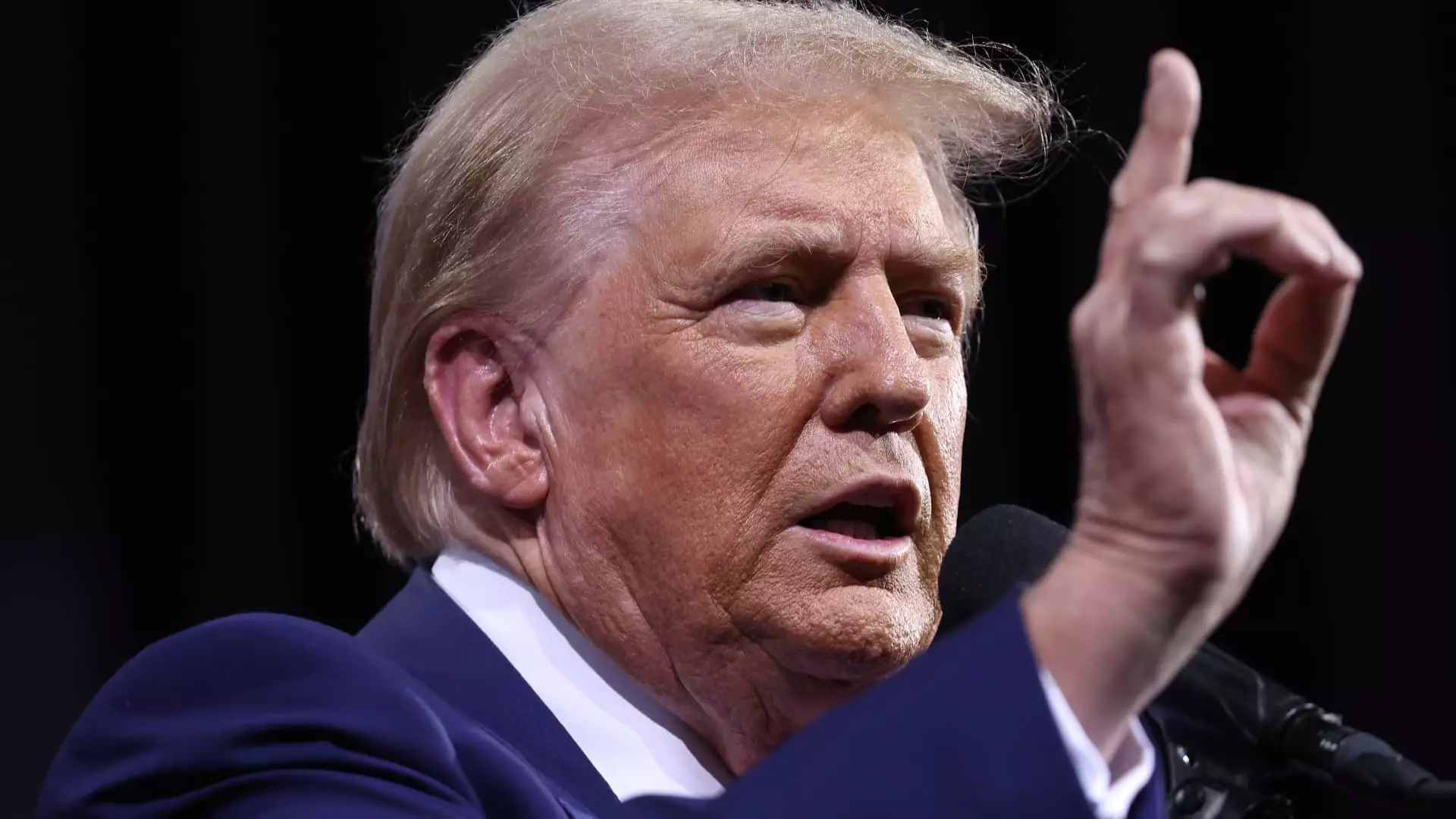At a recent campaign rally in Tucson, Arizona, Donald Trump made a notable commitment to eliminate taxes on overtime pay should he win a second term as president. As he articulated his proposal, he emphasized that such a measure would incentivize work and ease hiring processes for companies. By declaring that overtime hours—those exceeding a 40-hour workweek—should be tax-free, Trump aims to bolster both employee wages and corporate interest in extending additional hours for workers.
The proposal has significant implications, particularly within the context of U.S. labor laws. The Fair Labor Standards Act (FLSA) of 1938 established guidelines for a standard 40-hour workweek and mandated that employers pay employees at least one and a half times their regular wage for overtime. This law marked a transformative moment in protecting workers’ rights and ensuring fair compensation for extended work hours. In recent months, the Biden administration has made strides in increasing the minimum salary threshold for overtime eligibility, a move that proponents argue helps those in lower-paying jobs gain better compensation.
Trump’s plan to abolish overtime taxes may resonate with certain voters, especially those in blue-collar sectors who often work extra hours. However, the economic repercussions of such a policy could be multifaceted. On one side, the elimination of taxes on overtime could motivate companies to offer more hours without the burden of taxation, potentially increasing household incomes. Conversely, critics argue that this could undermine revenue essential for funding various public services, reshaping the tax landscape in a way that disproportionately benefits higher earners while failing to adequately support social safety nets.
Trump’s announcement has sparked a political dialogue, yet responses from both the Trump and Harris campaigns have been scant. The ambiguity surrounding the logistics of implementing such a tax reform raises questions about its viability and real-world implications. Furthermore, despite Trump’s attempt to shift the focus from a recent debate against Vice President Kamala Harris—which garnered substantial viewership—this proposal risks being overshadowed by the complexities of tax policy discussions and potential pushback from labor advocates.
As the election draws nearer, the question remains whether Trump’s promise will resonate with voters. While the notion of reducing the tax burden on overtime pay is likely to appeal to many workers, the effectiveness and sustainability of such a policy will be critical for its acceptance. Moreover, it raises larger questions about the direction of labor policies in the U.S., especially as current administrations grapple with providing the best balance between business interests and worker protections. The discourse surrounding this proposal will no doubt evolve as it faces intense scrutiny from political opponents, labor unions, and fiscal conservatives alike in the months ahead.


Leave a Reply